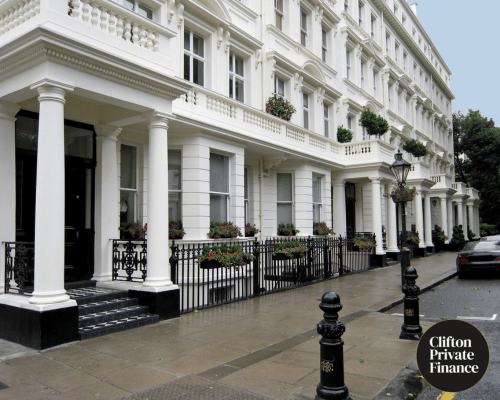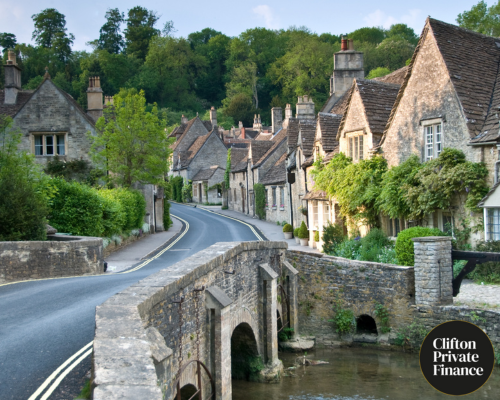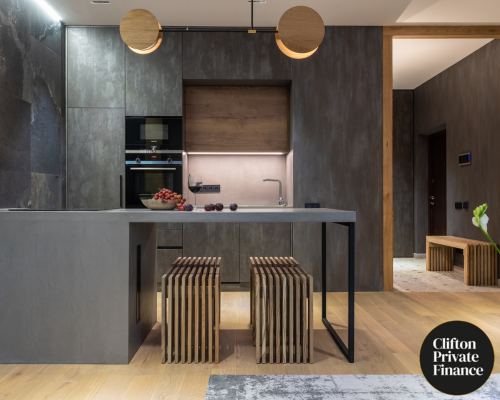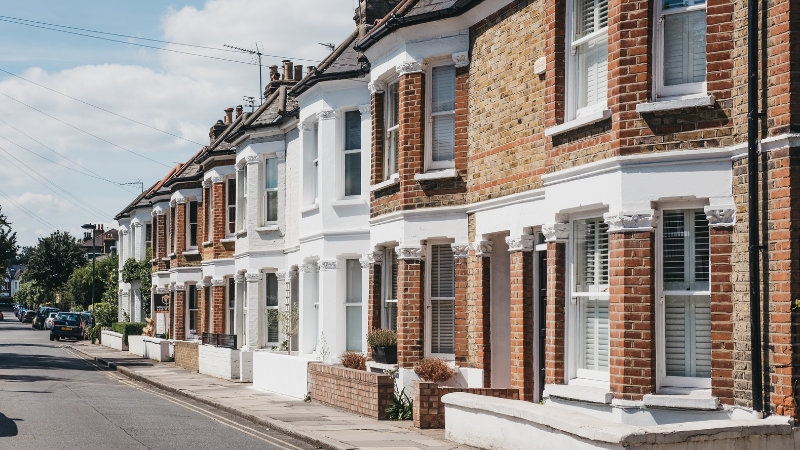Categories
Can You Get a Mortgage for a Barn Conversion? Best Options
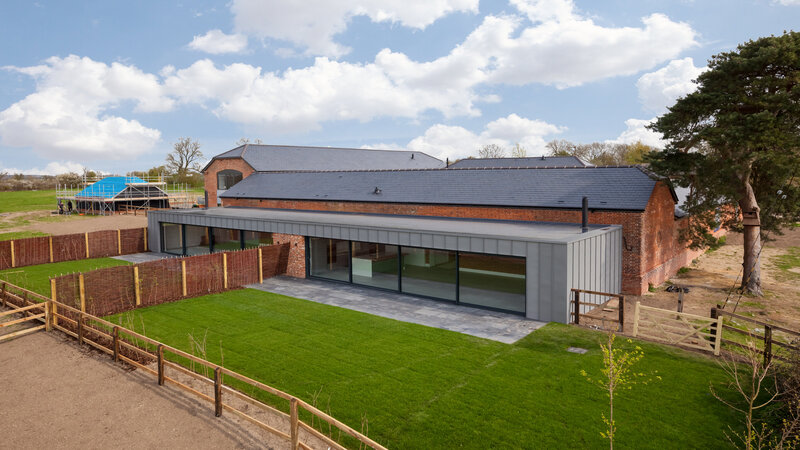
Barn conversions have been a popular way to create stunning rural homes full of character for many years, but as with any conversion of a non-residential building, funding can be an issue. You may not be able to get a mortgage for these builds, but a bridging loan could finance your barn conversion project.
The difficulty is getting a mortgage to convert a non-residential property into a home because mortgages are usually only available for properties considered “habitable”. This means if a property can't reasonably be lived in, you usually won’t be able to get a mortgage on it.
In order to be considered 'habitable', a building needs to:
- Be watertight - with a working roof
- Have a kitchen
- Have a working bathroom
Obviously, a barn isn't likely to have these things, so it's generally not possible to get a mortgage for these types of conversion projects.
However, bridging loans provide a vital lifeline for barn conversions. Bridging loans have become increasingly popular in the past decade, especially for conversion and renovation projects.
Bridging loans are:
- Fast
- Flexible
- Short-term
Bridging loans are typically repaid at the end of the loan term (usually 12-16 months), by which point the project has been finished. They can be financed with a standard mortgage, or repaid through the sale of the property, making bridging finance especially suitable for property flipping, too.
Need a Bridge Loan for Your Barn Conversion?
Get started with our calculator
Why Bridging Loans are Ideal for Barn Conversions vs Mortgages
A bridging loan is a type of short-term loan which can be secured on a property and allows you to borrow similar amounts to a mortgage. The key difference, though, is that a bridging loan can be secured on an unmortgageable property.
This means you can use a bridging loan to borrow the money to buy and convert a barn, turning an unmortgageable property into a mortgageable home.
Bridging loans can be arranged fast, making them a good choice if buying at auction, and can be secured on more than one property if you need to borrow more or want to get a more attractive interest rate.
When used for development finance, bridging loans can usually be taken in instalments, giving you a steady cash flow while keeping your interest payments down. This is because you will normally only pay interest on the money you have already taken.
This means bridging finance offers a fast, affordable and convenient way to finance barn conversions or any other kind of property development involving an unmortgageable property.
Want to chat through your plans with a property finance adviser? Book a call below.
How Bridging Loans Work
Bridging loans are usually offered for 1 to 18 months, although longer loan terms can often be arranged. A loan can sometimes be agreed upon in as little as 5-7 working days, allowing your development to move forward quickly.
For a barn conversion, the amount you can borrow will usually be based on the project’s gross development value (GDV), i.e. how much the property is likely to be worth once completed. Typically, you can borrow up to 65% of the GDV for a barn conversion.
How Much Do They Cost?
You'll normally pay an arrangement fee for taking out a bridging loan, typically 1-2% of the total capital borrowed. Interest can be paid monthly, but it is more typical with development projects to roll up the interest and pay it as a lump sum when the capital is repaid.
You'll need to specify an exit strategy when taking out bridging finance, i.e. explain exactly how you will repay the loan. For most barn conversions, this will either mean refinancing with a mortgage, selling an existing property such as your previous home, or selling the finished barn conversion property.
You may have to pay an exit fee when you repay the bridge, typically 1-2% of the capital. Not all lenders charge exit fees, so this is an important condition to look out for when calculating which lenders offer the best deal on bridging finance.
Related: How Much Does a Bridging Loan Cost?
Use our bridging loan calculator below to see how much you can borrow and get an idea of any costs and fees.
Applying for Bridging Finance for a Property Conversion
Bridging loans are not normally available direct to borrowers as they are typically only offered by private banks, specialist lenders, and dedicated intermediary-only subsidiaries of high street banks. This means that to access bridging finance, you'll normally need to apply through a bridging loan broker.
A good, independent bridging loan broker with whole of market access (such as Clifton Private Finance) will be able to quickly find you the best rates from across the industry. This means you get the money you need fast and with minimum stress, so you can focus on your property project.
Related: How Clarkson's Clause Has Changed Agricultural Permitted Development
Find the Best Rates on Bridging Finance for a Barn Conversion
Clifton Private Finance has established relationships with all the leading bridging finance lenders, so we can always find you the best rates currently available.
We have an award-winning team of bridging finance specialists offering a fast, friendly and professional service. Whether you're new to the world of bridging or you're simply looking to secure market-leading rates, we can guide you through your options.
To see what we can do for you, call us at 0117 959 5094 or book a free consultation below.
FAQs
1. Can you get a mortgage to buy a barn?
Generally, no. Most barns are considered uninhabitable (no roof, kitchen, or bathroom), which makes them unmortgageable. You'll likely need alternative finance like a bridging loan.
2. How much does it cost to convert a barn into a house in the UK?
Barn conversion costs vary widely but typically range from £1,500 to £2,500 per square metre, depending on location, condition, and design. Complex projects or listed buildings can push costs even higher.
3. How to finance a barn conversion?
A bridging loan is the most common solution. It's fast, flexible, short-term, and can be used to convert an unmortgageable barn into a habitable home. It's usually repaid through refinancing or selling the property.
4. Do you pay stamp duty on a barn conversion?
Yes, stamp duty is payable when you buy the barn, based on its purchase price. You don’t pay stamp duty on the actual conversion works, just the initial property acquisition.






